Bridge Between Continents
Walk in the footsteps of the gods and straddle two tectonic plates.
Iceland is slowly being pulled in two.
At a rate of 2.5 centimeters per year, the mid-Atlantic ridge is pulling apart the North American and Eurasian tectonic plates. While most of this happens deep on the ocean floor, in Iceland, the ridge—a major tectonic plate boundary that sits between the North American and Eurasian plates—runs right through the middle of the island.
A large fissure can be seen running across the land and splitting rock formations down the middle. In the eerie, otherworldly landscape of the vast lava fields on the Reykjanes Peninsula, the “The Bridge Between Continents” bridge crosses one of these rifts created by the mid-Atlantic ridge. It’s also referred to as “Midlina.”
The bridge was previously called “Leif the Lucky” bridge, named after the famous explorer Leif Ericson, who was known for being the first Icelander to set foot in North America over 1,000 years ago. It also serves as a symbol for the connection between two continents, Europe and North America, new world and old.
On the midway point of the bridge, a plaque reads, “The Bridge Between Continents,” and it serves as a borderline between the Eurasian plate and North American plates. The two sides are marked: ″Welcome to America″ and ″Welcome to Europe.″
Despite the epic feeling you may have jumping across ancient continental boundaries as old as the Earth, the border is entirely symbolic.










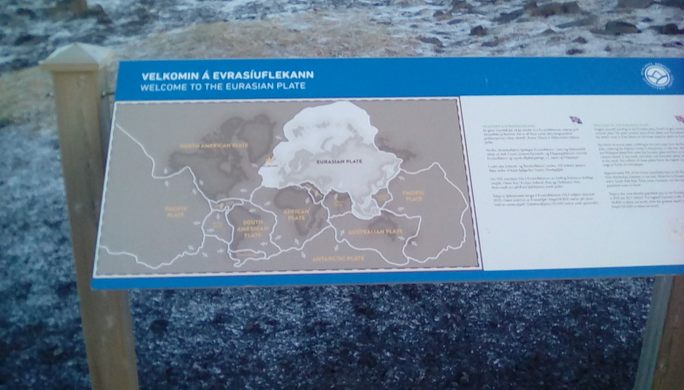
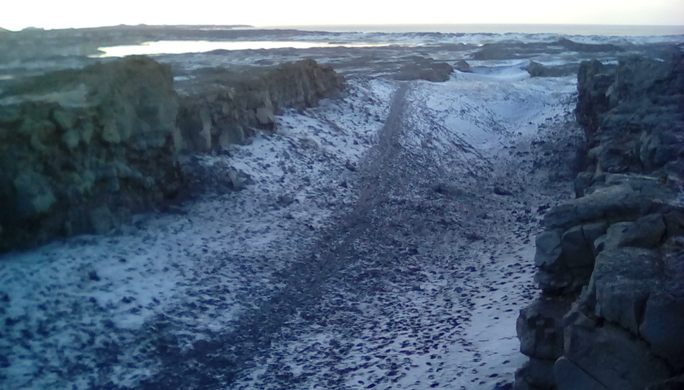















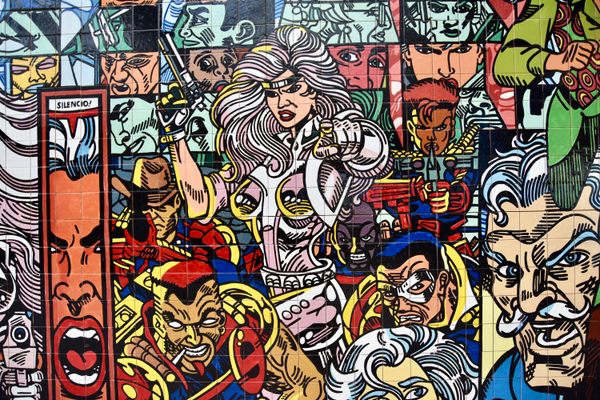
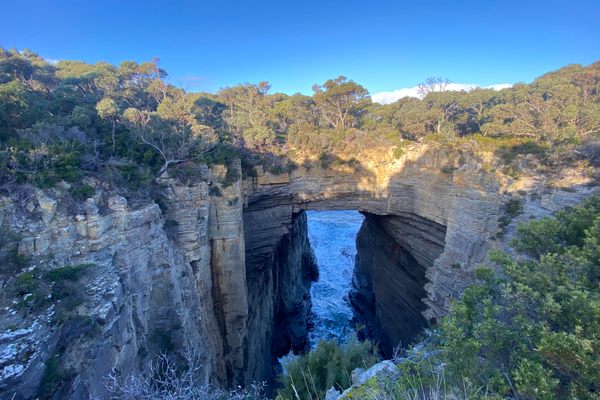


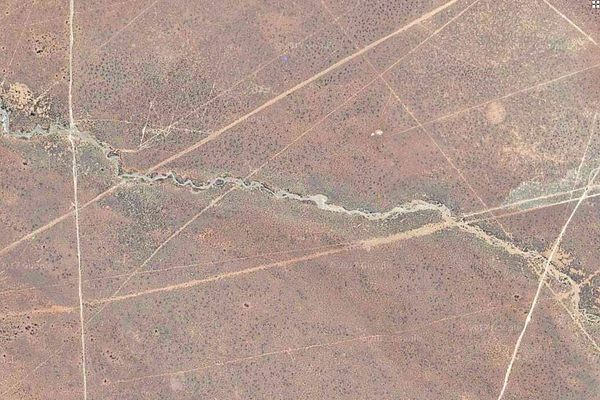


Follow us on Twitter to get the latest on the world's hidden wonders.
Like us on Facebook to get the latest on the world's hidden wonders.
Follow us on Twitter Like us on Facebook